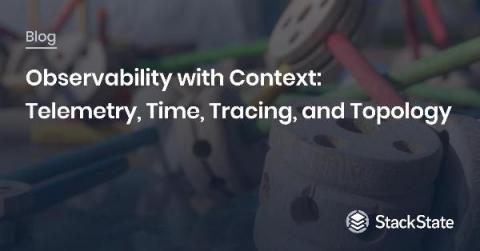Observability VS. Monitoring
First of all: apologies...because although the title suggests otherwise, this blog is not about "Observability VS. Monitoring." It's a great misconception that observability is this hot new technology that's here to replace your monitoring tools.









